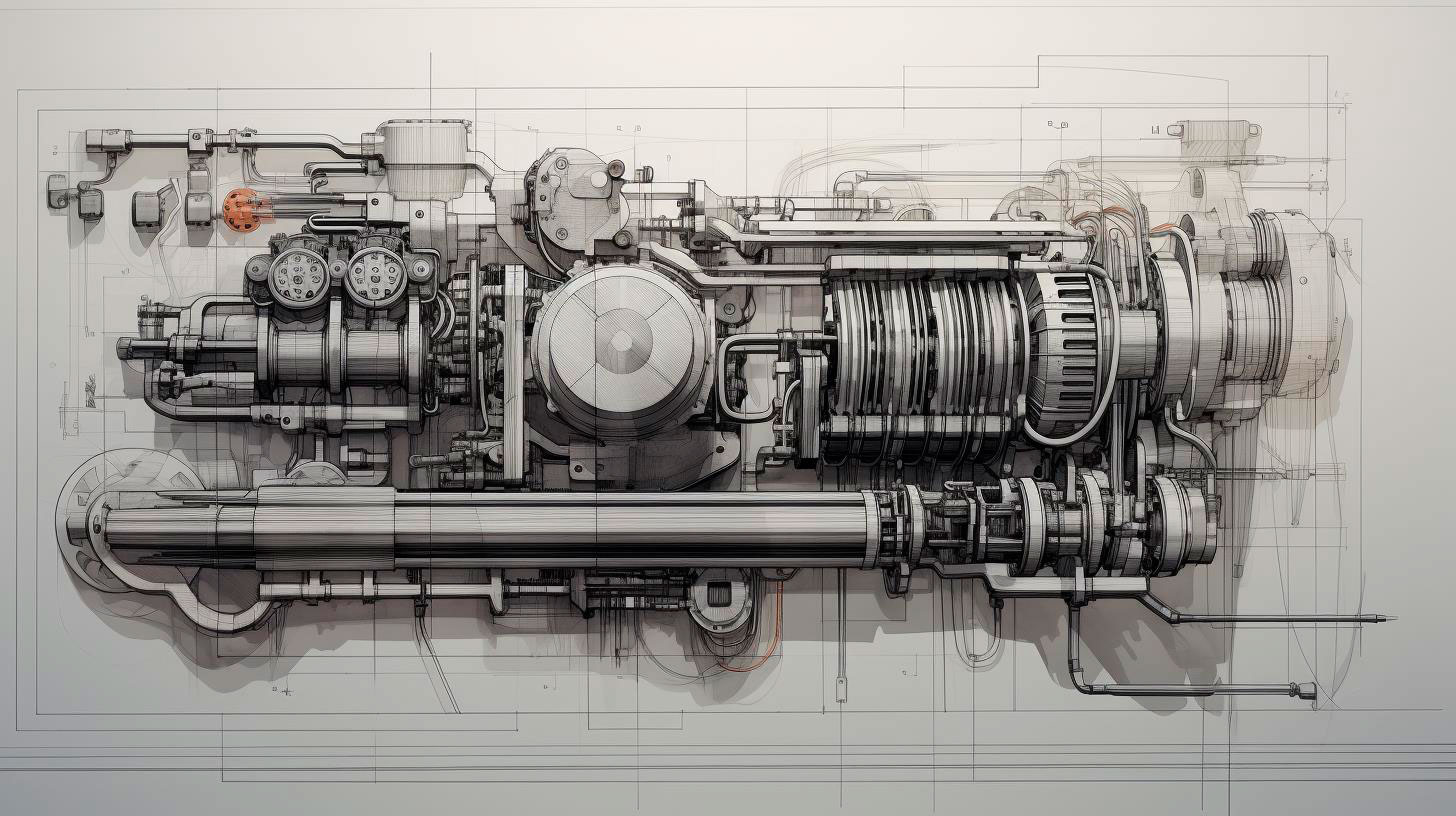However, an often overlooked player in the renewable energy landscape is nuclear power, which can play a vital role in the integration of renewables. In this article, we will explore the power of nuclear energy and its unique advantages in renewable integration.
Nuclear energy as a reliable baseload power
Nuclear power plants provide a consistent and reliable source of electricity. While renewable sources like solar and wind are intermittent and rely on weather conditions, nuclear power plants operate 24/7, providing a stable baseload power. This stability ensures the continuous supply of electricity, complementing the intermittent nature of renewables.
Carbon-free energy generation
Nuclear energy is one of the cleanest sources of electricity, generating virtually zero greenhouse gas emissions during operation. It plays a crucial role in reducing carbon emissions, meeting climate goals, and combating air pollution. According to the International Atomic Energy Agency (IAEA), nuclear energy avoids 5 billion tons of CO2 emissions annually, equivalent to removing about 400 million cars from the road each year.
High energy density and small footprint
Nuclear power plants have a high energy density, meaning they produce a significant amount of electricity in a relatively small space. Compared to other renewable sources, nuclear power requires less land and can be constructed in areas with limited space. This advantage is particularly valuable in densely populated regions where land availability is limited.
Nuclear energy for grid stabilization
The integration of renewable energy sources into the grid can create challenges in grid stability due to their variability. Nuclear power, with its steady output, can serve as a stabilizing force for the grid. It helps maintain a consistent frequency and voltage, preventing power fluctuations and ensuring a reliable electricity supply.
Nuclear energy as a long-term solution
Nuclear energy has a long lifespan, providing a stable and predictable source of energy for decades. Nuclear power plants can operate for 40 to 60 years, offering a reliable energy source in the long run. This longevity allows for better planning and investment in renewable energy projects, knowing that a consistent baseload power will be available throughout their operational lifetime.
Key Takeaways
- Nuclear power complements renewable energy sources by providing a reliable and stable baseload power.
- It generates carbon-free electricity, significantly reducing greenhouse gas emissions.
- Nuclear power has a high energy density and a small footprint, suitable for areas with limited space.
- It contributes to grid stabilization by maintaining a consistent power output.
- Nuclear energy offers a long-term solution with plants operating for several decades.
While nuclear energy may have faced criticism and concerns in the past, it is an essential component in the renewable energy mix. Its reliability, low greenhouse gas emissions, and ability to provide stability to the grid make it a valuable asset in the integration of renewable sources. By understanding the power of nuclear energy, we can make more informed decisions in the pursuit of a sustainable future.
For further information on the importance of nuclear power in the renewable energy landscape, you can visit the U.S. Department of Energy website.
